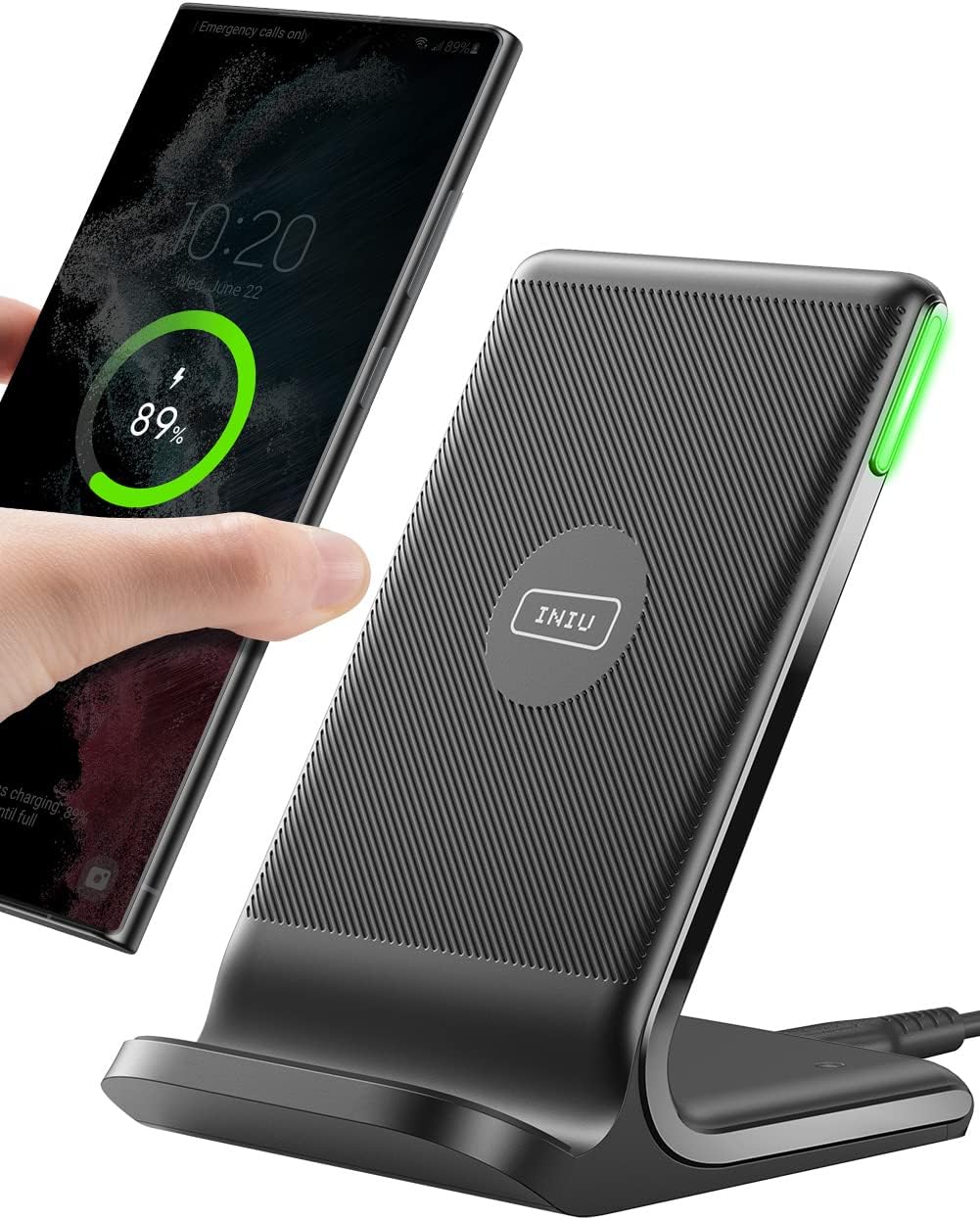







Comparative Analysis of Wireless Charger Materials: Which Offers the Best Performance?
In the fast-paced world of technology, wireless charging has emerged as a convenient solution for powering our devices without the clutter of cables. But have you ever wondered what materials are behind the magic of wireless chargers? Whether you’re a tech enthusiast or just someone looking to simplify your charging routine, understanding the materials used in wireless chargers can help you make an informed choice. In this article, we’ll delve into the various materials that constitute wireless chargers and analyze their performance, durability, and efficiency.
Understanding Wireless Charging Technology
Before we jump into materials, let’s briefly discuss how wireless charging works. At its core, wireless charging utilizes electromagnetic fields to transfer energy between two objects—typically, a charging pad and a compatible device. This technology relies on two primary components: the transmitter coil (in the charger) and the receiver coil (in the device). When aligned properly, these coils create a magnetic field that allows energy to flow.
Common Materials Used in Wireless Chargers
Now, let’s explore the most common materials used in wireless chargers, weighing their pros and cons.
1. Plastic
Plastic is perhaps the most widely used material in the construction of wireless chargers. It’s lightweight, inexpensive, and can be molded into various shapes. However, while plastic is cost-effective, it may not be the most durable option. Over time, exposure to heat can lead to warping or discoloration. If you’re looking for a charger that can handle daily wear and tear, plastic may not be your best bet. But it’s perfect if you’re seeking something portable and budget-friendly.
2. Aluminum
Aluminum chargers have become increasingly popular due to their sleek, modern appearance and robust build. Not only does aluminum offer a stylish aesthetic, but it also provides better heat dissipation than plastic. This means that aluminum chargers can operate more efficiently and maintain optimal performance during use. However, they tend to be pricier than their plastic counterparts. Is the added cost worth the benefits? For many, the answer is a resounding yes.
3. Glass
Glass is another material that is making waves in wireless charger design. It exudes elegance and can elevate the look of any charging station. While glass chargers are visually appealing, they can be more fragile than plastic or aluminum. A single drop might shatter the charger, making it less practical for those with a busy lifestyle. Still, if aesthetics are a priority and you handle your devices with care, a glass charger might just be the showstopper you need.
4. Wood
For those who value sustainability, wooden chargers are an attractive option. Made from renewable materials, wooden chargers offer a unique, natural aesthetic. However, they may not be as efficient as other materials due to potential interference with the magnetic field. Moreover, wood can be susceptible to warping or damage from moisture. If you’re drawn to eco-friendly products, a wooden charger can add a touch of nature to your tech, albeit with some trade-offs.
Performance Comparison
When it comes to performance, several factors come into play: charging speed, heat management, and compatibility with devices.
– **Charging Speed**: Aluminum chargers tend to perform best in terms of charging speed due to their superior heat dissipation. Plastic chargers, while functional, may not provide the same level of efficiency.
– **Heat Management**: The material’s ability to manage heat is crucial. Excessive heat can slow down charging speeds or even damage your device. Aluminum and glass excel in this area, while wooden and plastic materials may struggle under high load.
– **Device Compatibility**: Most wireless chargers support the Qi standard, but the materials can affect how well they align with your device. For instance, thicker wooden chargers might interfere with the magnetic field, leading to inconsistent performance.
Conclusion
Choosing the right wireless charger material boils down to your specific needs and lifestyle. If you prioritize speed and durability, aluminum is the way to go. For those who love aesthetics, a glass charger can be a stunning centerpiece, while wooden chargers appeal to the environmentally-conscious. Meanwhile, plastic chargers are great for budget-conscious consumers who need something lightweight and portable.
Ultimately, understanding the materials behind wireless chargers can empower you to select a product that aligns with your charging habits and personal values. Which one will you choose?
FAQs
1. Are all wireless chargers compatible with all devices?
Most wireless chargers adhere to the Qi standard, making them compatible with a wide range of devices. However, it’s always good to check your device’s specifications.
2. Can heat damage my phone while using a wireless charger?
Yes, excessive heat can potentially harm your device. Choosing a charger that effectively dissipates heat, like aluminum, can help mitigate this risk.
3. Do I need to buy a specific charger for fast charging?
Yes, for fast charging, you should look for a charger specifically designed for that purpose, ensuring it supports the fast charging capabilities of your device.
